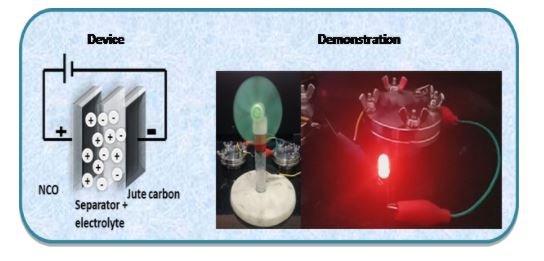Marine food web at risk due to microplastics: NCPOR study
December 15, 2020New Delhi (India Science Wire): During the recent times, microplastics are posing a serious ecological threat to the world’s oceans and seas. Microplastics pollution is even extending to the remote areas of oceans far away from human habitats. A study conducted by Periyar University and National Centre for Polar and Ocean Research (NCPOR) at the Silver Beach, which is a beach on the southeast coast of India, renowned for its rich marine biodiversity, has brought to the fore some newer dimension of the multitude of the problem. The study recorded the highest amount of colored plastic particles on the beach compared to fragmented and irregular shaped plastic particles polluting the beach.
Microplastics are plastic pieces smaller than 5 mm which are further classified into primary and secondary microplastics. Primary microplastics are the smaller plastics produced for industrial purposes, mainly for cosmetic industries whereas secondary microplastics are created when larger plastic items break down into smaller pieces in oceans by sunlight and wave action. These tiny pieces of plastic debris can enter marine food chains and potentially pose huge risks to human health too.
The result of the study suggests that untreated urban sewage, tourism and fishing activities are sources of the plastic debris and storm-water runoff plays a significant role in the transportation of plastic debris through the Gadilam river and wave-induced deposition through high tides. NCPOR suggests that only radical remedial action can eliminate the problem at the source itself to stop further damage to the ecosystem and human health. In the last 70 years, there is a two hundredfold increase in the production of virgin plastics, of which only a small portion is recycled, and about a third of all the plastic wastes end up in nature. Worldwide, the amount of plastic trash that flows into the ocean every year is expected to nearly triple by 2040 to 29 million metric tons.
It has been observed that plastic pollution gets aggravated due to the passage of persistent chemicals like pesticide Dichlorodiphenyltrichloroethane (DDT) and toxic Polychlorinated Biphenyls (PCBs) making them more concentrated when they come into contact with marine life.
When microplastics get abundant in a polluted area, owing to their greater surface to volume ratio and their hydrophobic nature, they get easily associated with other organic and metal pollutants on the ocean surface, near the mouths of rivers, coasts and even in deep-sea sediments. As a result of this, there is an increased level of pollution spreading to all the areas of the ocean. The entire marine food web succumbs to this due to the ingestion of these pollutants by marine organisms and even poses a great threat to human health.
Highlighting the characteristics and distribution of plastic pollutants in Silver beach caused by terrestrial debris deposition mainly from the inflow of river Gadilam, the study suggested that effective remediation can be possible through policy formulation to minimize plastic use, reducing the use of single-use plastic and their proper disposal. The study emphasized the need for future assessment of microplastics on ecologically sensitive organisms around the study area.
Led by Magesh, N. S., Scientist at NCPOR, Ministry of Earth Sciences, and research team comprised of. Vidyasakar, A., Arun Bharathi V., and Prabha, K. of Periyar University PG Extension Centre, Dharmapuri, Krishnakumar, S. Kasilingam, K and Neelavannan K. of the University of Madras, Guindy Campus, Chennai, and Prince, S. G. of the University of Kerala, Kariavattom Campus, Thiruvananthapuram. The research paper is published in the Marine Pollution Bulletin.

